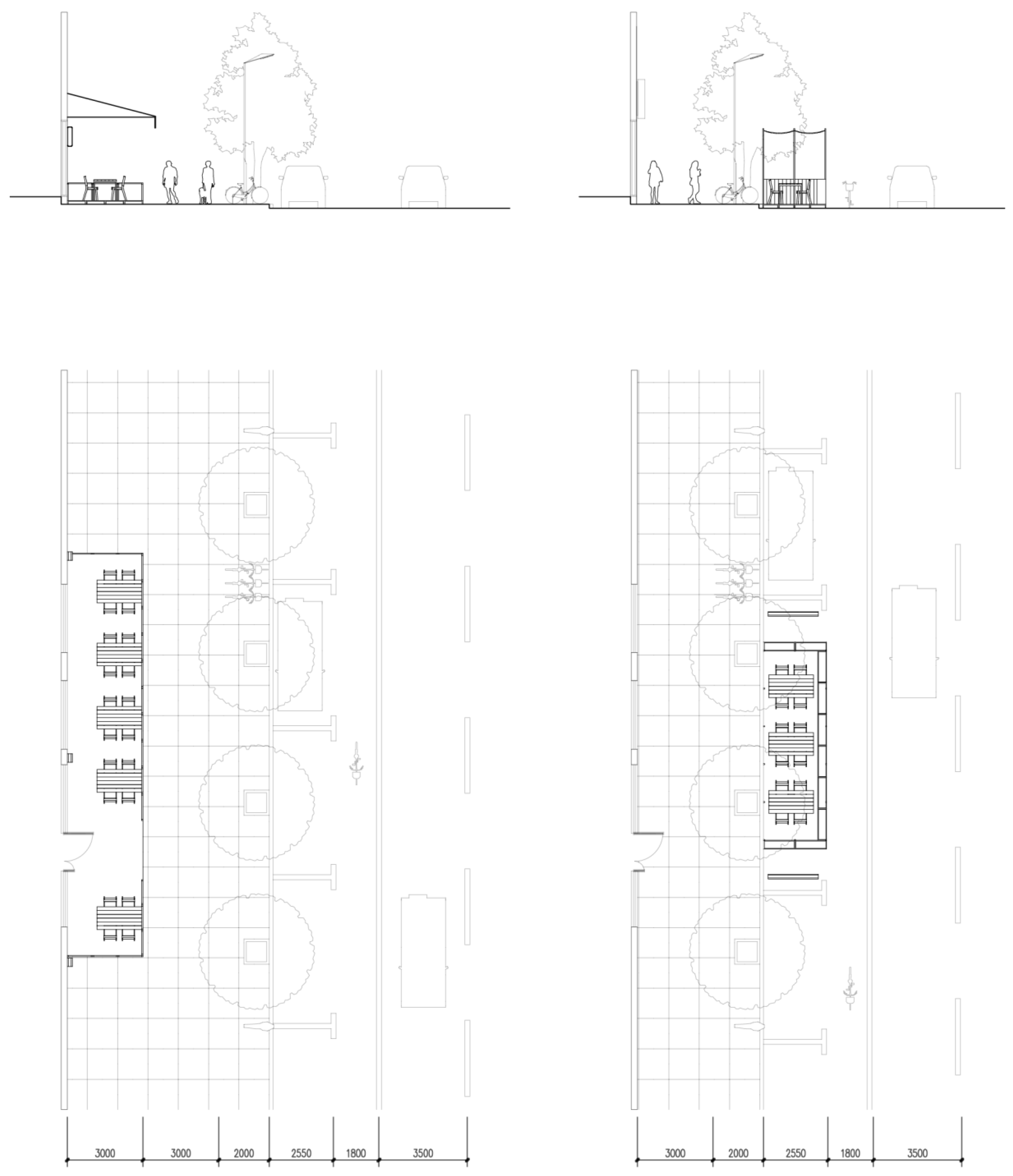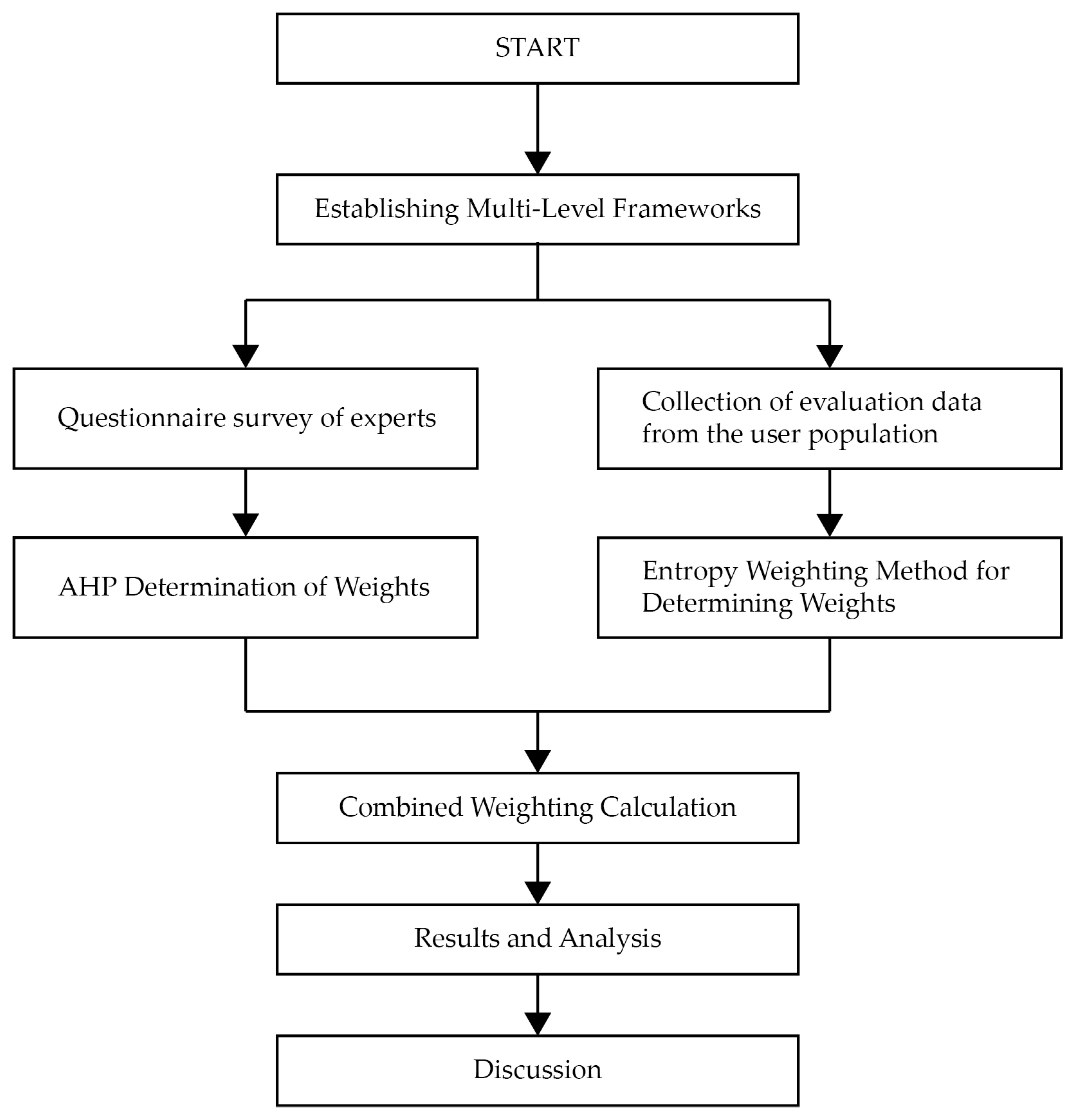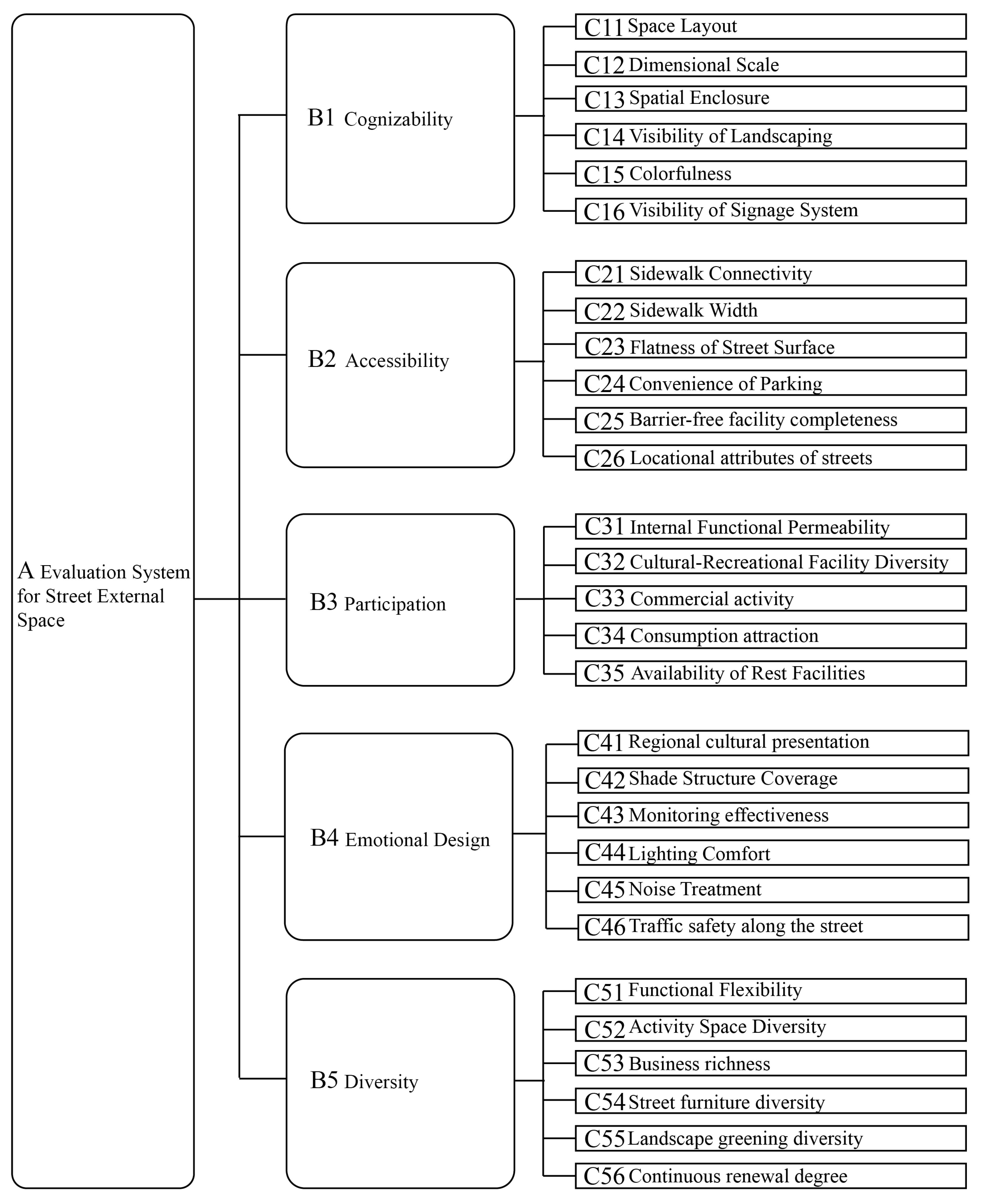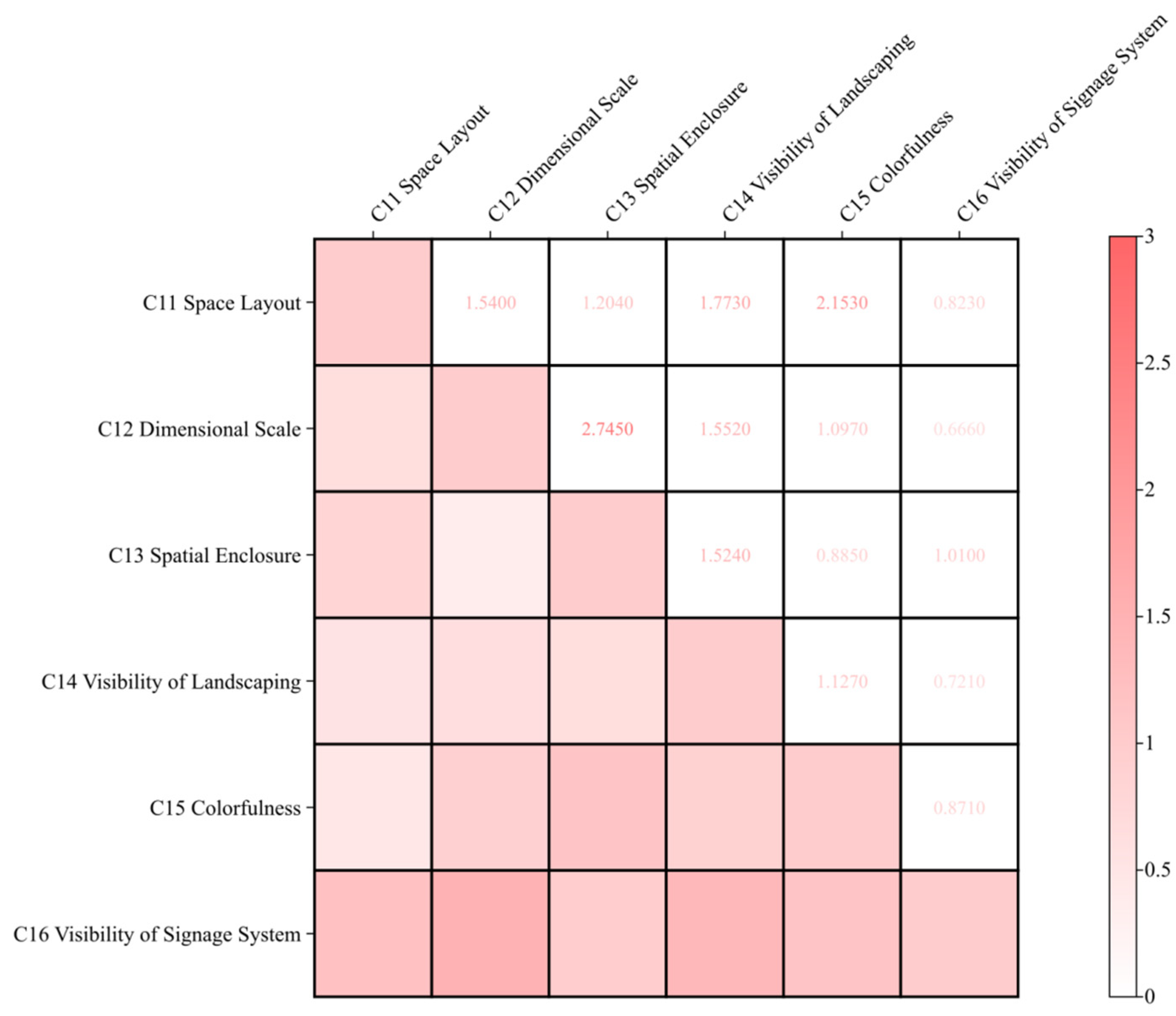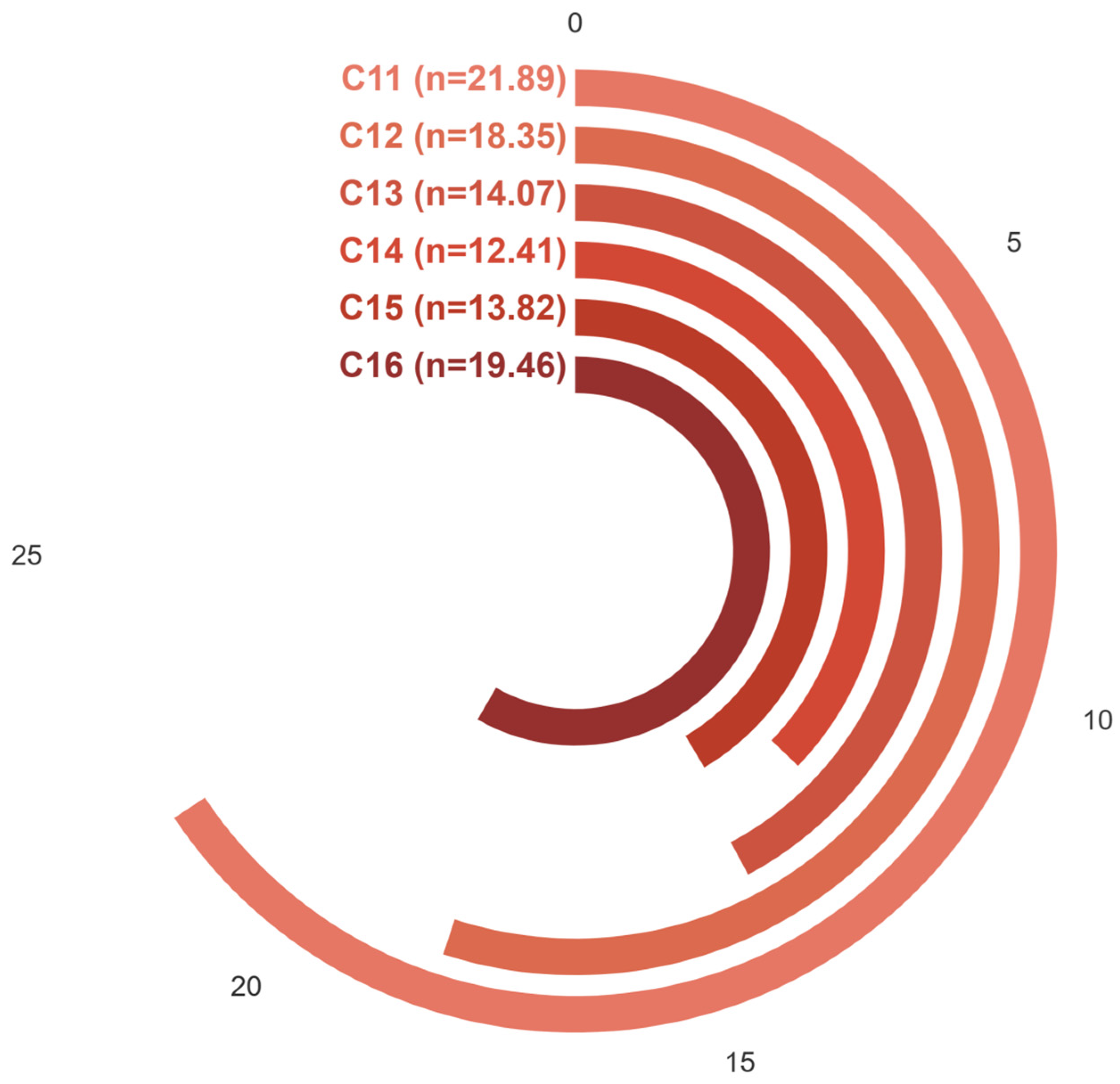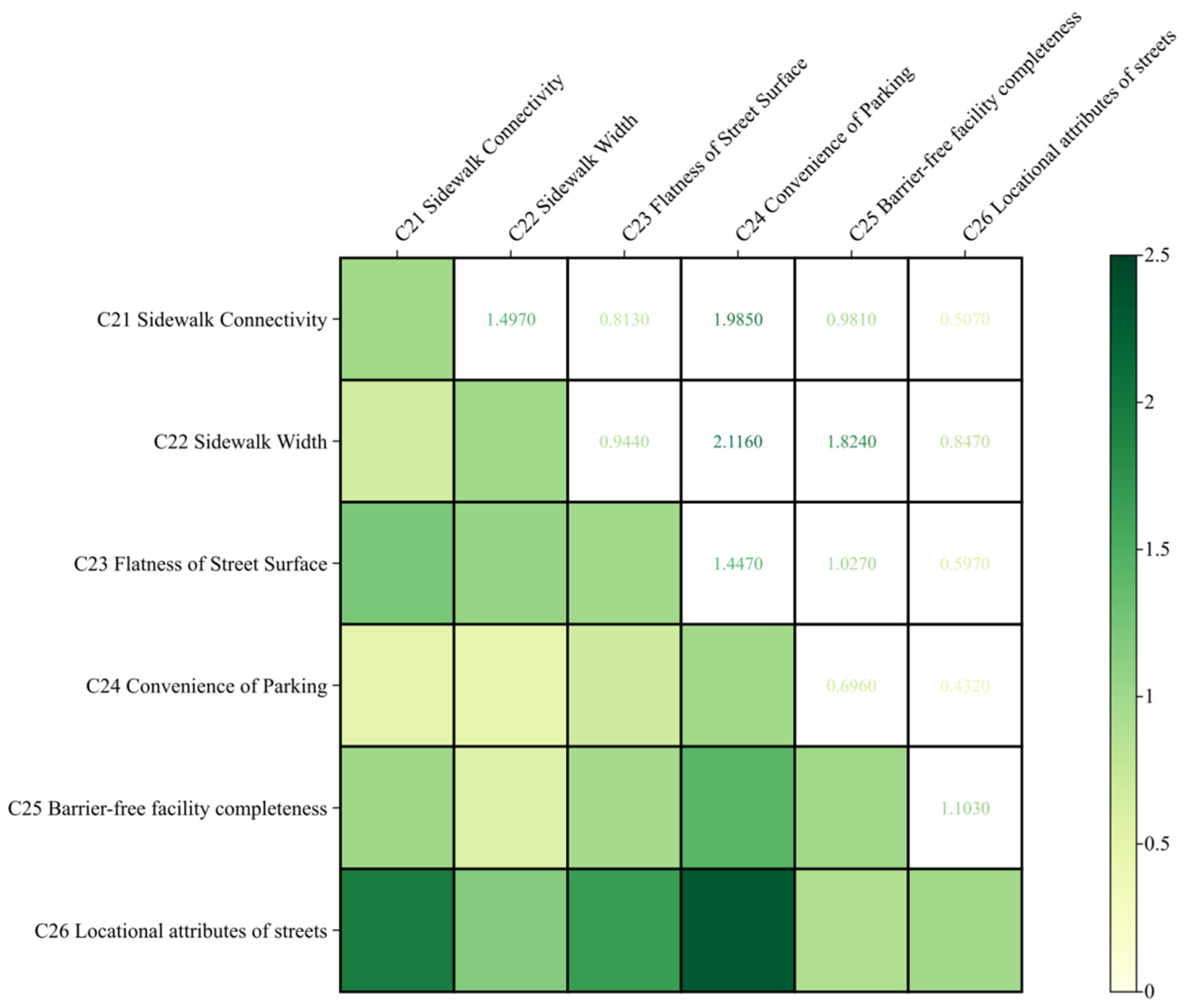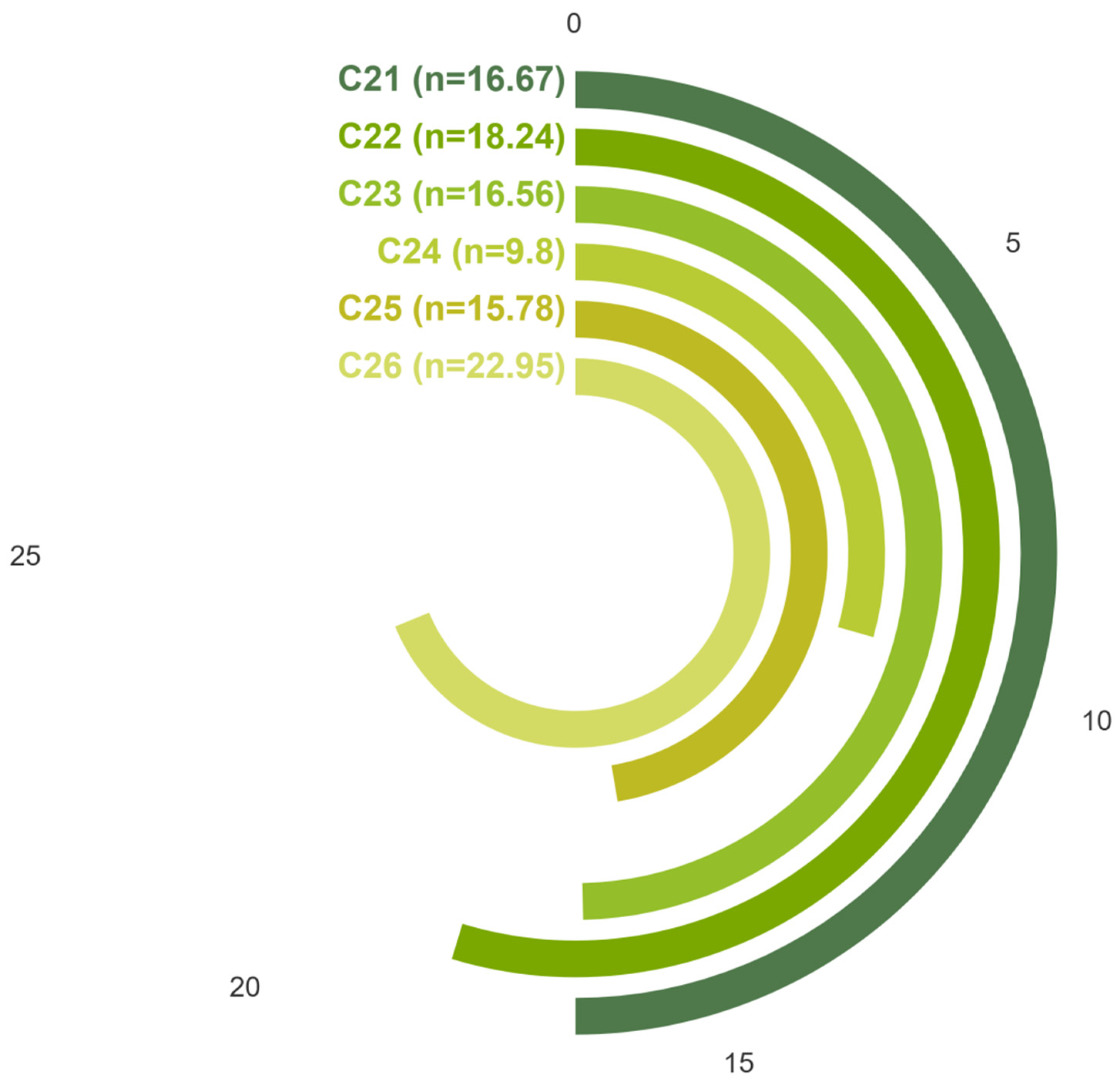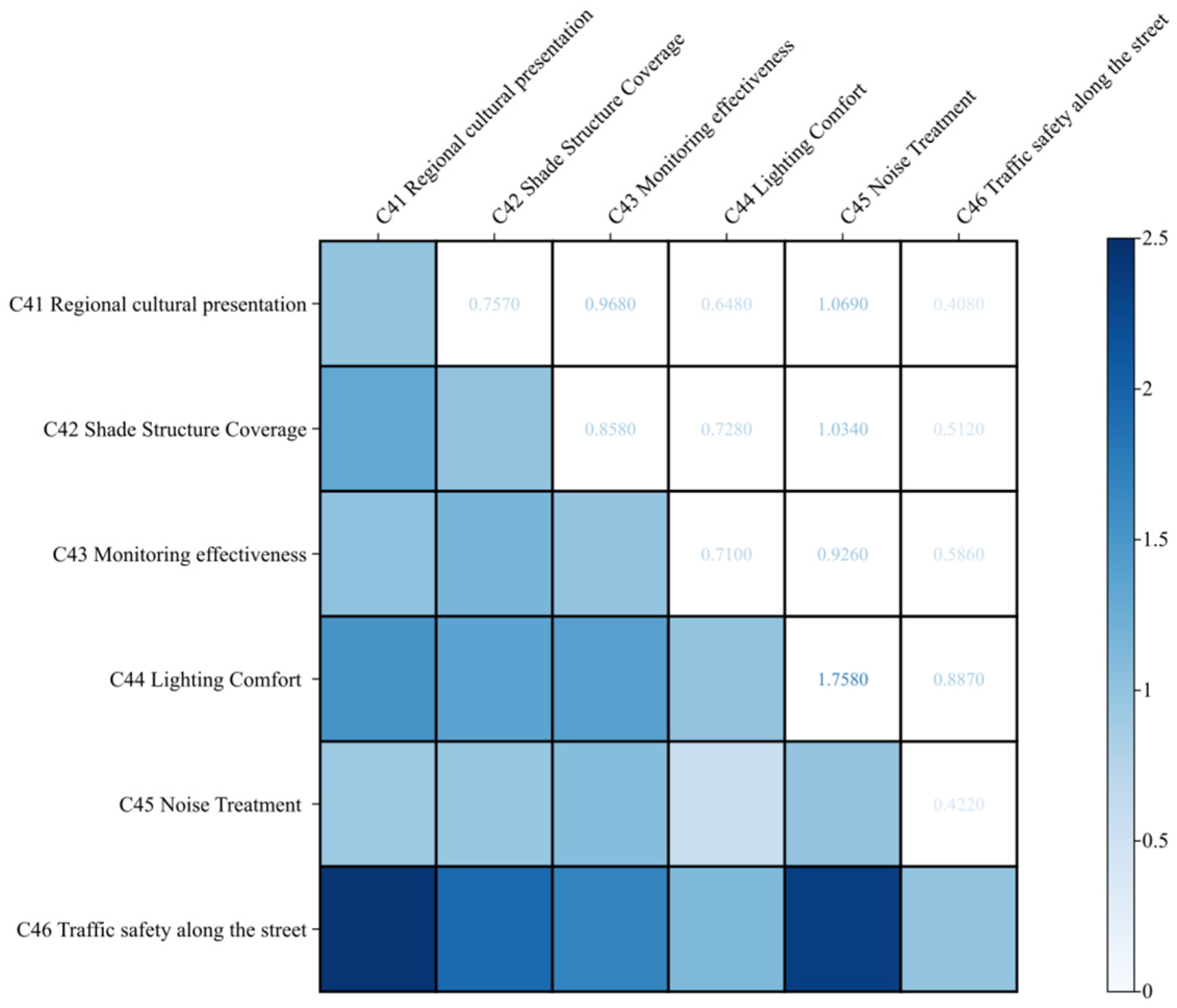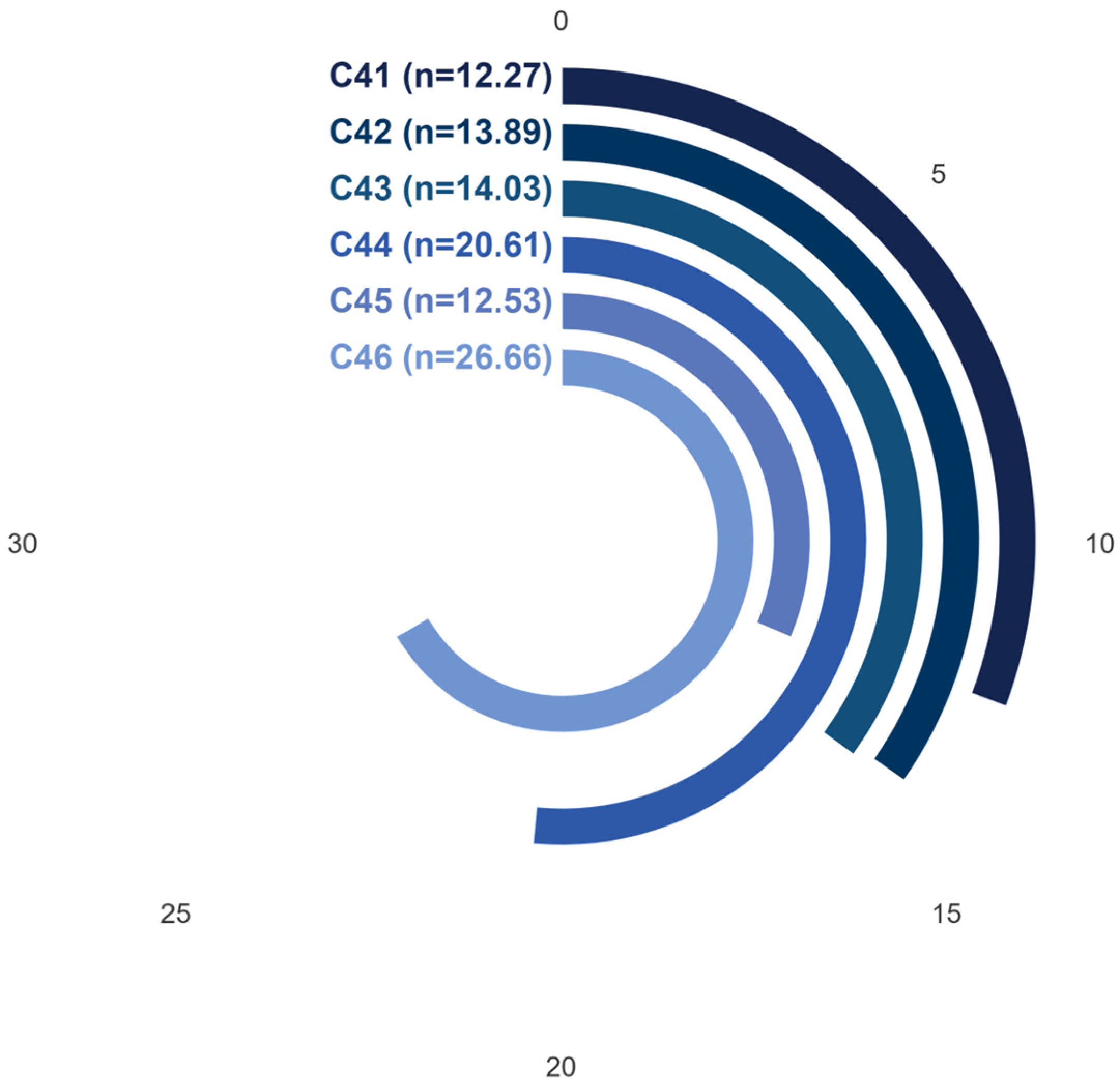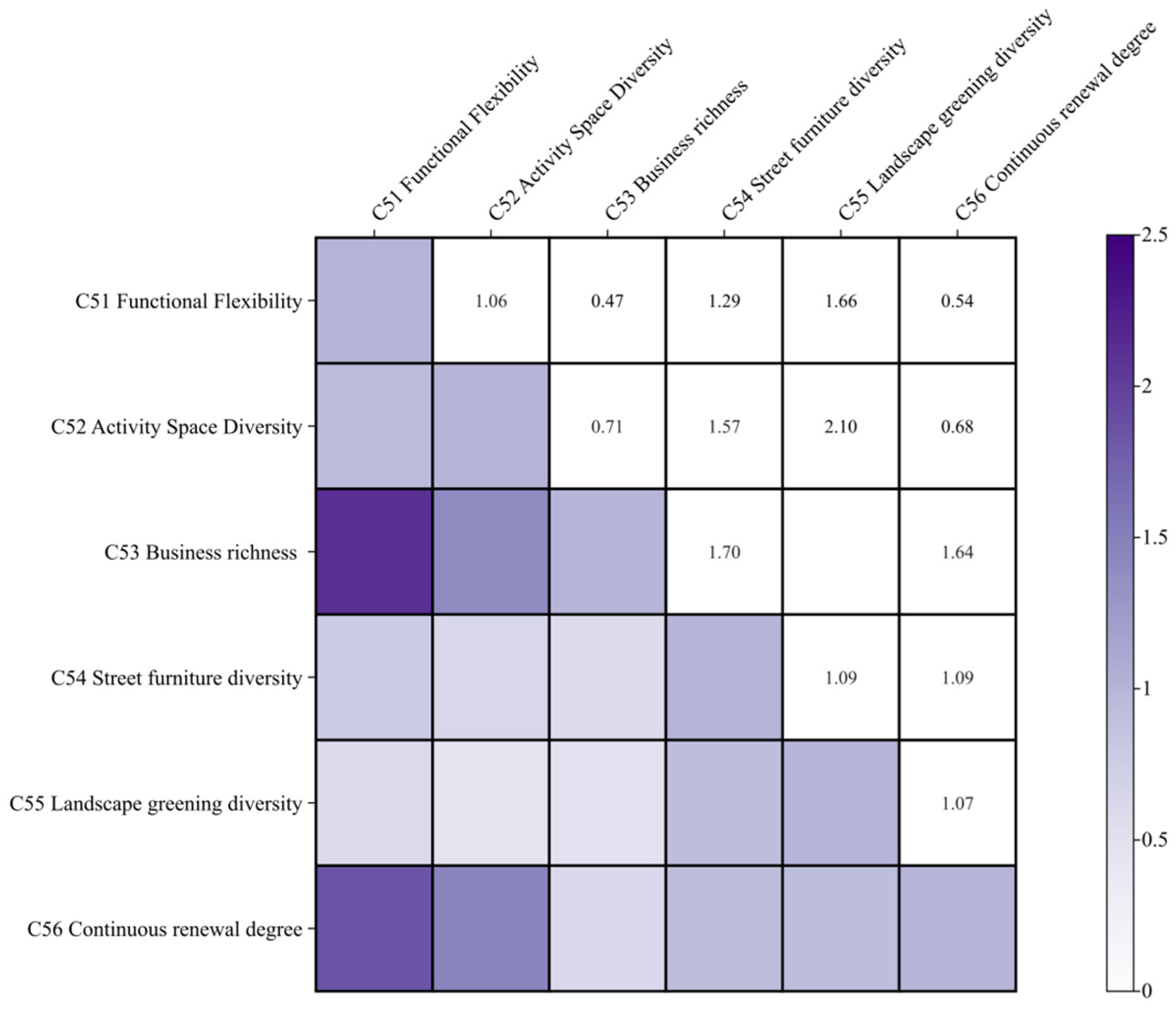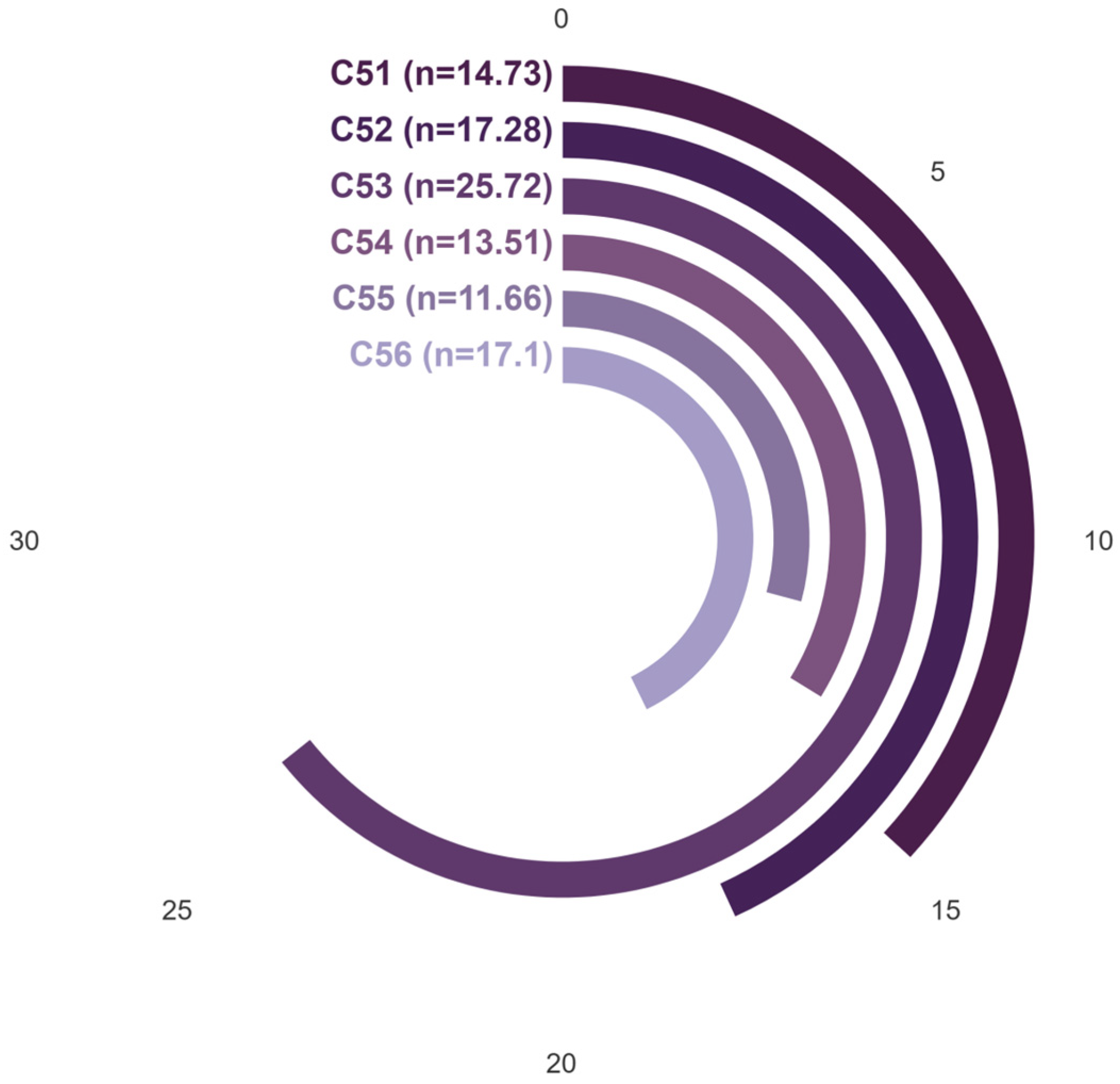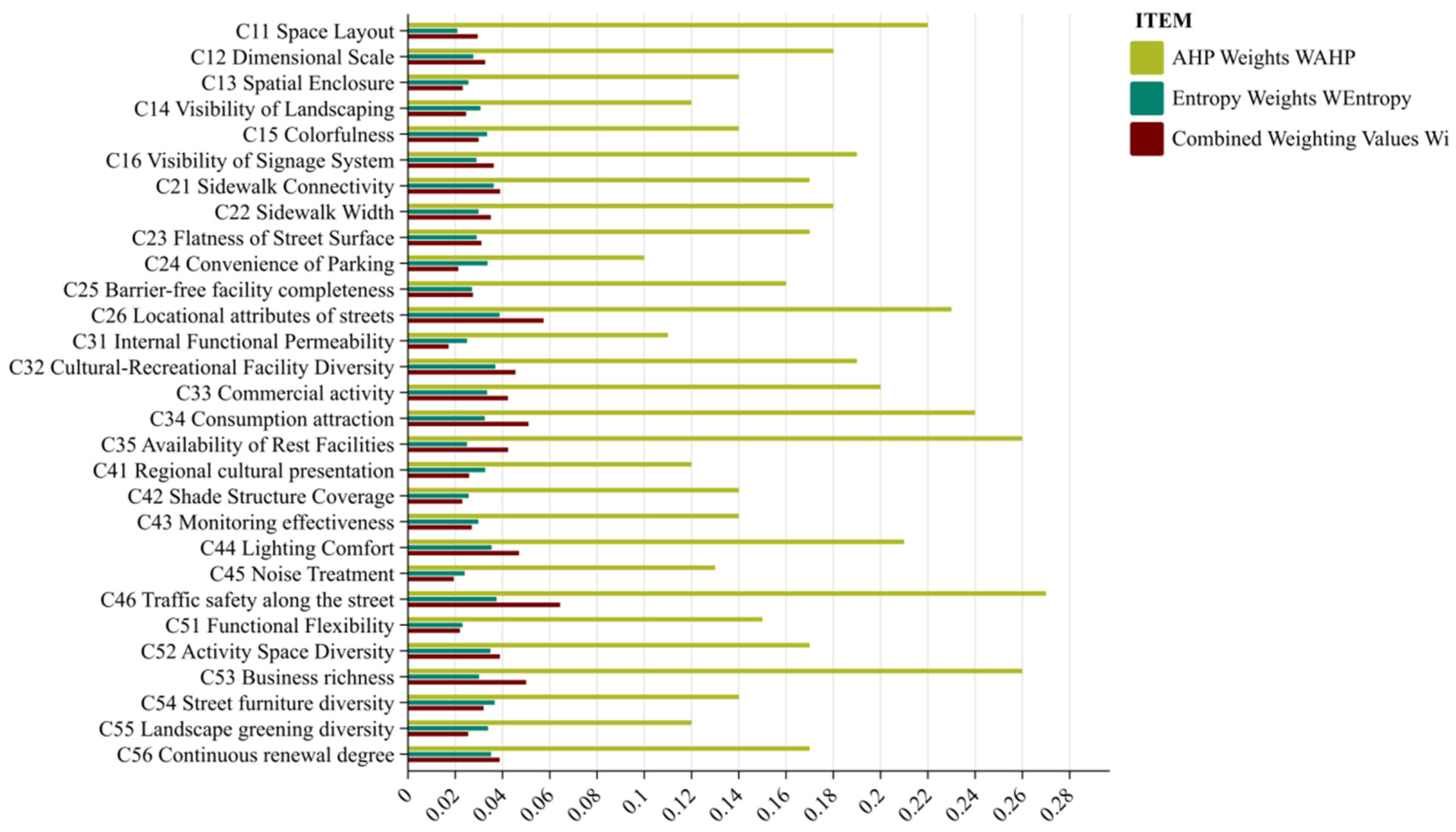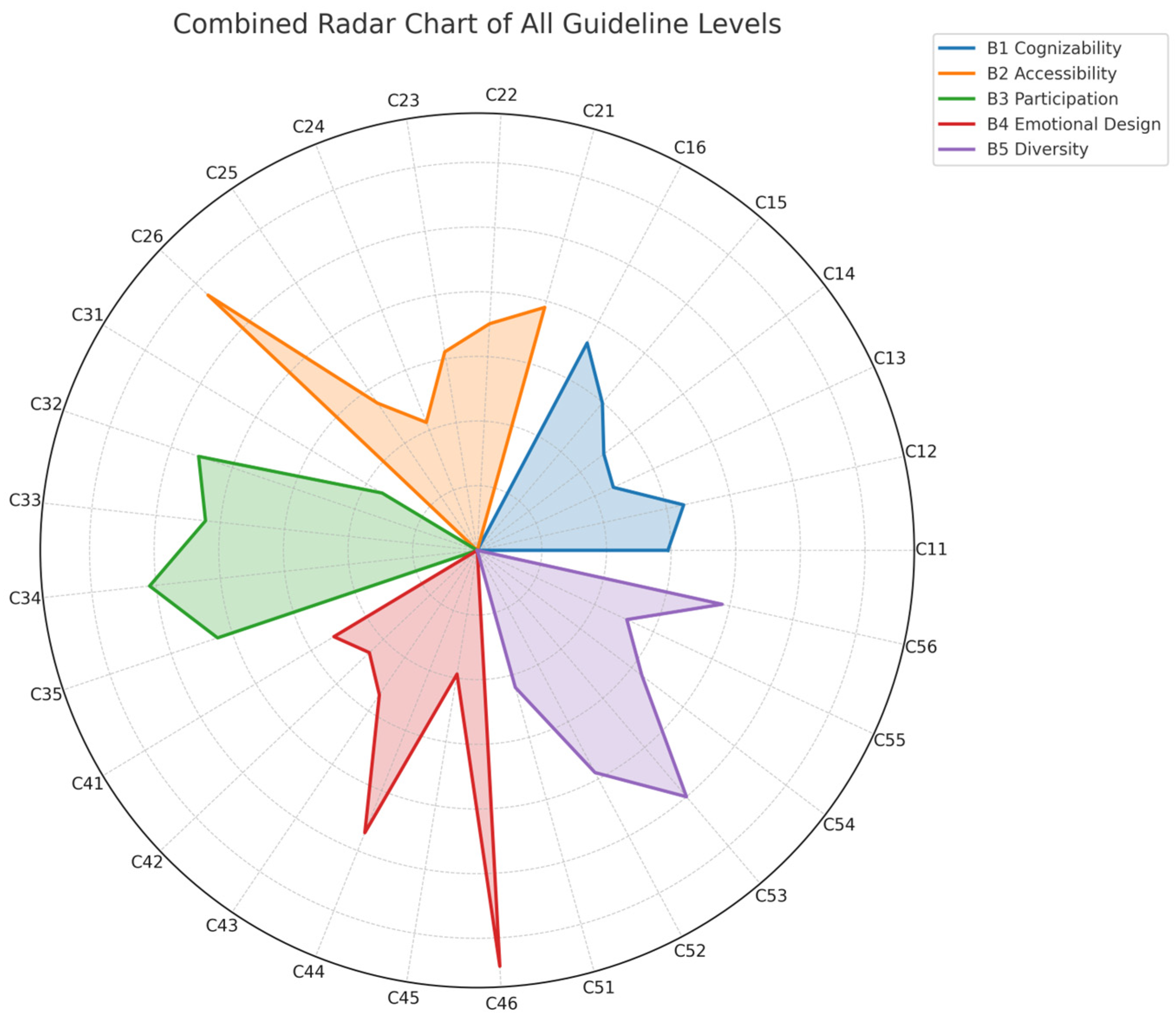1. Introduction
With the advancement of urbanization, lifestyles, social structures, and spatial configurations have undergone significant transformations. In recent years, shifts in public consciousness have led to a sharp rise in the demand for urban social interaction, thereby revealing a critical shortage of public spaces that can accommodate such needs. In many first-tier cities, high-density living conditions have constrained the availability of open spaces, particularly for young populations whose social lives often rely on cultural and recreational infrastructure such as parks, plazas, cultural venues, and commercial complexes. While these facilities provide partial relief, they fail to fully meet the evolving spatial and social requirements of urban dwellers. Moreover, challenges such as spatial scarcity in historic urban cores, inflexible governance, and excessive commercialization frequently undermine the freedom and spontaneity of public social engagement. How, then, can cities provide inclusive and functional public spaces for social interaction in increasingly urbanized environments? One promising avenue may lie in the strategic utilization of urban streets.
For many years, street space has been regarded as a “leftover” or residual component in urban design, and everyday activities—such as resting, waiting, socializing, shopping, dining, and leisure—have often been overlooked or discouraged [
1]. Since the launch of China’s 14th Five-Year Plan, new directives have emerged for the renovation of aging urban areas, and the notion of “organic urban renewal” has gained increasing clarity and emphasis. As urbanization progresses, the role of street space has gained growing attention. Its vitality now denotes not only safety and attractiveness but also the capacity to support diverse social activities and serve as venues for cultural exchange. Such spaces represent the successful outcome of people-centered placemaking processes [
2]. Under these conditions, enhancing street vitality becomes a strategic priority, directly influencing urban competitiveness and residents’ well-being [
3]. How then can urban streets be effectively utilized to provide comfortable public spaces and enhance street vitality? The urban street alfresco space model may offer a viable solution, with its spatial scope illustrated in
Figure 1.
The study of urban street spaces is grounded in a robust academic tradition. In 1961, Jane Jacobs, in
The Death and Life of Great American Cities, argued that streets are not merely transportation corridors but essential platforms for urban social interaction [
4]. She emphasized the significance of the “uses” of streets—such as safety, social engagement, and children’s play—in fostering urban vitality. This perspective laid the theoretical foundation for evaluating urban street alfresco spaces, highlighting that streets are both physical constructs and social conduits. In
The Architecture of the City (1966), Aldo Rossi contended that urban design must engage with historical memory, monumentality, publicness, and privacy. He argued that urban design is not solely the arrangement of physical space but also a mirror of social dynamics. Rossi proposed designing short, winding streets and incorporating buildings of different eras and conditions within urban blocks to enhance spatial vibrancy and diversity [
5]. This theoretical lens offers both historical depth and cultural insight for evaluating urban street alfresco spaces. In
Life Between Buildings, Jan Gehl further emphasized the linkage between streets and public life, proposing that streets serve as gateways to communal interaction by guiding pedestrian flows and catalyzing social exchanges. He advocated for street design grounded in human behavior and user needs, with an emphasis on accessibility, safety, and comfort [
6]. This framework articulates a human-centered design philosophy and offers methodological grounding for the evaluation of urban street alfresco spaces. In 1980, William H. Whyte, through his influential work
The Social Life of Small Urban Spaces, examined the interrelationship between social behavior and environmental quality in small-scale urban contexts. He demonstrated that human behavioral patterns are closely correlated with spatial design and that streets—as public spaces—should be designed in response to users’ behavioral tendencies and preferences [
7]. This suggests that evaluating alfresco street spaces requires attention not only to physical characteristics but also to their social functionality, thus contributing to sustainable urban development. In recent years, in response to urban regeneration and sustainability goals, researchers have increasingly adopted data-driven and quantitative methods to assess alfresco street spaces. For example, Long Ying and Tang Jingxian, in their work “Advances in Large-Scale Quantitative Measurement of Urban Street Spatial Quality”, proposed a multidimensional assessment model based on street view imagery, incorporating traffic, social, and environmental dimensions [
8]. This approach enhances assessment objectivity and replicability, offering critical data support for evidence-based urban planning. In practical applications, it is also imperative to account for user perceptions and behavioral responses. In “Lively Streets”, V. Mehta conducted observational studies and surveys on commercial streets, identifying elements such as seating, street width, and localized commerce as key determinants of people’s willingness to linger and engage socially [
9]. These findings underscore the importance of incorporating user behavior and perception into alfresco space evaluation to ensure alignment with real-world needs. Furthermore, Xiao Yang and Fang Ying, in their study “A Study on Street Evaluation Based on Sociability: A Case Study of Julu Road in Shanghai”, highlighted the centrality of social interaction in street evaluation and introduced targeted assessment indicators. Their work reinforces the imperative of integrating social dimensions into evaluation frameworks to better capture the influence of alfresco spaces on residents’ quality of life [
10]. nalysis—resIn summary, research on the evaluation system of urban street alfresco spaces is of both theoretical and practical significance. It contributes to a deeper understanding of the social functions of urban spaces and provides a scientific foundation for urban planning, architectural design, and public policy-making. By employing multidimensional and quantitative evaluation methods—combined with user behavior and perception aearchers can more comprehensively assess the quality of alfresco street spaces, thereby supporting the sustainable development of cities.
Since the official opening of Shanghai Port in 1843, the city has gradually emerged as the financial hub of China and the broader Far East. Daxue Road—situated in Yangpu District near Fudan University, Tongji University, and other higher education institutions—is a distinctive neighborhood known for its academic ambiance, commercial vibrancy, and strong community identity. In recent years, as shown in
Figure 2, it has garnered significant attention due to its innovative alfresco space implementation [
11]. Daxue Road was selected as the focal case study for the following primary reasons:
First, representativeness and demonstrative value: Daxue Road stands as one of the earliest pilot neighborhoods in Shanghai to implement the alfresco space initiative. Its combination of policy experimentation and spatial innovation offers a replicable model for the renewal of other urban neighborhoods. Furthermore, it serves as a nexus that integrates academic resources, youth-driven consumption, and community needs. The operational forms of its outdoor spaces—such as sidewalk cafés and bookstore extensions—exemplify a balanced approach to urban micro-renewal and neighborhood vibrancy.
Second, it possesses distinct social and cultural attributes. Situated amidst several major universities, Daxue Road’s alfresco spaces function not only as sites of commerce but also as vital social commons for students, residents, and creatives. These spaces facilitate a unique form of cultural symbiosis and participatory public life. Its identity as a “knowledge-based neighborhood”—evidenced through recurring bazaars and academic salons—resonates strongly with the flexibility and openness inherent in alfresco spatial configurations.
Third, Daxue Road serves as a policy testing ground. In recent years, Shanghai has actively promoted urban renewal strategies centered on the “nighttime economy” and “walkable streets”. Daxue Road exemplifies the practical implementation of these initiatives, particularly in the regulation of alfresco space operations—such as setting specific hours of activity, delineating spatial boundaries, and standardizing business formats.
Nowadays, alfresco spaces involve many conflicting interests, such as the business needs of commercial tenants and residents’ complaints about noise and street occupation, personalized design and the unity of the urban landscape, etc.; however, alfresco spaces can also bring obvious practical benefits: in high-density cities, alfresco spaces can activate the vitality of the street, make up for the lack of public spaces, and promote interactions between business and the community. In the post-epidemic era, the outfitting economy has become one of the means to boost consumption and enhance urban resilience (e.g., in 2023, Shanghai issued the “Guidelines on Further Regulating the Activities of Setting Up Stalls” [
12]), so how to balance the interests of all parties has become an urgent task. Examining the case of Daxue Road in Shanghai can reveal how to achieve “orderly fireworks” through planning and management.
In this study, we not only analyze the planning logic, operation mode, and user behavior of alfresco spaces on Daxue Road but also summarize its successes and potential problems and propose optimization strategies to provide empirical evidence for alfresco space policies in Shanghai and other cities. It will also provide an actionable collaborative framework for city administrators, merchants, and the community to promote “fine-governance” and explore how alfresco spaces can enhance the sense of belonging of the community and balance commercial vitality and quality of life. The case of urban street alfresco spaces on Daxue Road in Shanghai is a product of the triple driving forces of “policy innovation, commercial demand, and community culture”, and the study of this case not only can refine the localization experience but also has a revelation value on how to create “humanized streets” in global cities.
5. Discussion
5.1. Interpretation of Weighting Results and Indicator Priorities
From a broader perspective, traffic safety was identified as the users’ primary concern. This finding aligns with international street design principles, such as those outlined in the Complete Streets Chicago initiative, and resonates with the scholarship of Eric Dumbaugh and Robert Rae, who address safety by balancing the trade-off between mobility and accessibility in arterial street design. Their recommendations include concentrating commercial activities within low-speed corridors and applying systematic measures such as speed control, land-use coordination, and access regulation [
26]. Although absolute safety cannot be assured, policy interventions—such as time-restricted vehicle access—can provide practical and effective partial solutions.
In other dimensions, the results also reflect users’ nuanced spatial perceptions, as shown in
Figure 15 and
Figure 16. For instance, in the Cognizability group (B1), signage visibility scored slightly higher than other indicators, demonstrating that clear and well-placed signs—especially with good lighting and size—improve space legibility and reduce cognitive load, particularly for first-time users.
In the Accessibility group (B2), the locational attribute of street corners gained the highest weight, which supports Jan Gehl’s theory that open views and pedestrian flow attract more users. In contrast, middle-block locations were less appealing due to limited views and higher spatial competition.
In the Participation group (B3), internal functional permeability received relatively low weight, possibly due to limited interaction between indoor and outdoor functions in existing designs. Enhancing this linkage—e.g., integrating indoor cafés with outdoor terraces—can significantly increase spatial efficiency and vibrancy.
In the Emotional Design group (B4), lighting comfort emerged as the second-highest indicator after traffic safety, emphasizing the growing concern for nighttime usability.
Lastly, in the Diversity Design group (B5), business richness was slightly dominant. This partly explains why Shanghai’s Daxue Road, with its clustering of food, culture, and retail, is favored by young people—it not only extends stay duration and promotes social interaction but also stimulates the regional economy.
The AHP results reveal that users now place greater importance on emotional comfort and direct usability rather than symbolic or monumental spatial elements. High ratings for lighting comfort and seating facilities indicate that urban street design should pay closer attention to everyday user behavior, particularly in high-density, mixed-use neighborhoods. This aligns with Jan Gehl’s theory of people-first urbanism and reflects current public expectations for spaces that balance livability and sociability.
5.2. Design and Policy Recommendations for Alfresco Space Improvement
Based on the findings, this study proposes the following design recommendations: (1) utilize street corners and nodes to enhance visibility and attract pedestrian flow; (2) improve signage systems with clear, unified, and night-readable standards; (3) reinforce the interface between alfresco spaces and indoor programs to enhance permeability; and (4) implement buffer designs (e.g., planters and railings) to ensure street-side safety. From a policy perspective, the evaluation framework can be integrated into local alfresco management tools to guide fine-grained regulation.
5.3. Research Insufficiency and Prospect
Although the AHP–entropy combined evaluation system proposed in this study offers a replicable and structured framework for assessing alfresco street spaces, several limitations remain.
First, the evaluation is grounded primarily in static data, such as questionnaire responses and expert scoring, which restricts its capacity to reflect real-time variations in user behavior, environmental conditions, and street dynamics. The absence of dynamic data sources—such as pedestrian and vehicle flow patterns—limits the objectivity and responsiveness of the resulting weight values.
Second, methodological biases remain. The AHP method relies on expert judgment, which inevitably introduces subjectivity, while the entropy method, though quantitative, cannot fully eliminate human input. This dual limitation affects the neutrality of the composite weighting.
Third, the system does not adequately consider the dynamic evolution of commercial uses in alfresco spaces. Factors such as pop-up retail, short-term leases, or seasonal business variations are not yet integrated into the evaluation, despite their significant impact on spatial vitality and user engagement.
Fourth, certain negative externalities—particularly traffic hazards and noise pollution—are underrepresented in the current model. Their insufficient quantification undermines the comprehensiveness of the assessment and the accuracy of spatial recommendations.
To address these limitations, future research should focus on four strategic areas:
Real-Time Data Integration: Establish a sensor-driven platform using AI-powered video analytics, Wi-Fi/Bluetooth signal tracking, and IoT environmental sensors to capture pedestrian flow, vehicular patterns, lighting levels, noise, and temperature. These data streams will support dynamic weight calibration and improve model responsiveness.
Commercial Activity Monitoring: Incorporate web-scraped data from location-based service platforms (e.g., Meituan and Dianping, Ele.me) to track shifts in business types, user reviews, and operating hours. This will better reflect the temporal and spatial volatility of urban commercial life.
Intelligent Evaluation Platform: Develop a digital dashboard capable of real-time visualization, cross-variable correlation (e.g., between noise and pedestrian flow), and adaptive weighting using machine learning techniques such as clustering or neural networks.
Simulation and Scenario Testing: Construct a policy simulation module to explore the sensitivity of alfresco space performance to various factors—such as traffic regulation, lighting design, and operating hours. Comparative pilot studies in different urban typologies (e.g., TOD nodes, historic districts, and waterfront zones) will further validate the system’s scalability.
By addressing these issues, the proposed framework can evolve into a more intelligent, adaptive, and context-sensitive tool for urban street governance.
6. Conclusions
This study introduces a dual-weighted evaluation framework for urban alfresco street spaces that integrates the Analytic Hierarchy Process (AHP) with the Entropy Weight Method. The framework bridges subjective expert judgment with objective data insights, advancing the development of replicable, evidence-based tools for spatial assessment. It also contributes conceptually by systematizing the evaluation of semi-open commercial–public interfaces—an increasingly significant typology in post-pandemic, people-centered urbanism.
The results reveal several critical patterns in user preferences, particularly the heightened importance of traffic safety, spatial comfort, and functional permeability. These insights not only validate emerging design values in contemporary street planning but also provide direction for refining alfresco space design at the neighborhood scale.
This framework opens new possibilities for cross-city benchmarking and performance tracking. By applying consistent evaluation logic across different urban contexts, local governments can transition from static, rule-based spatial governance to dynamic, outcome-driven models. Such systems allow planners to better manage informal, temporary, or evolving uses of space while aligning urban design more closely with lived experience.
Additionally, this study highlights opportunities for adaptive street design strategies, including time-based vehicular control, flexible spatial boundaries, and smart signage systems. These approaches—combined with data-informed decision-making—form a scalable toolkit for responsive public space management.
Most importantly, this study calls for rethinking urban alfresco spaces as dynamic relational infrastructures that link social, economic, and environmental functions. Future research should integrate behavioral science, computational modeling, and environmental sensing to build predictive, self-adjusting systems that can respond in real time to changing urban conditions.
In conclusion, this work provides both a theoretical foundation and a practical roadmap for developing high-performing, user-centered, and data-enabled alfresco street environments. It invites broader collaboration across disciplines and cities to advance the governance and design of shared urban spaces.
